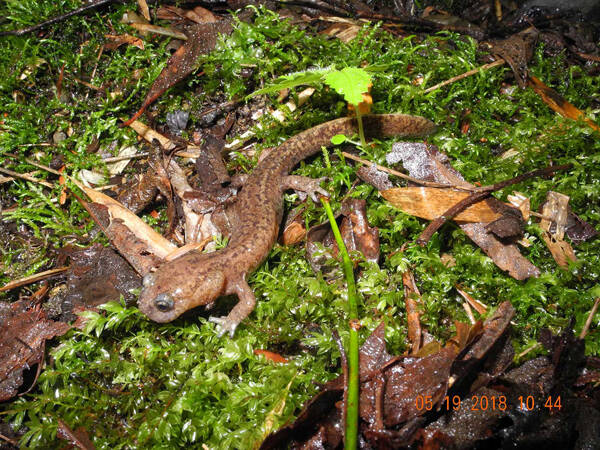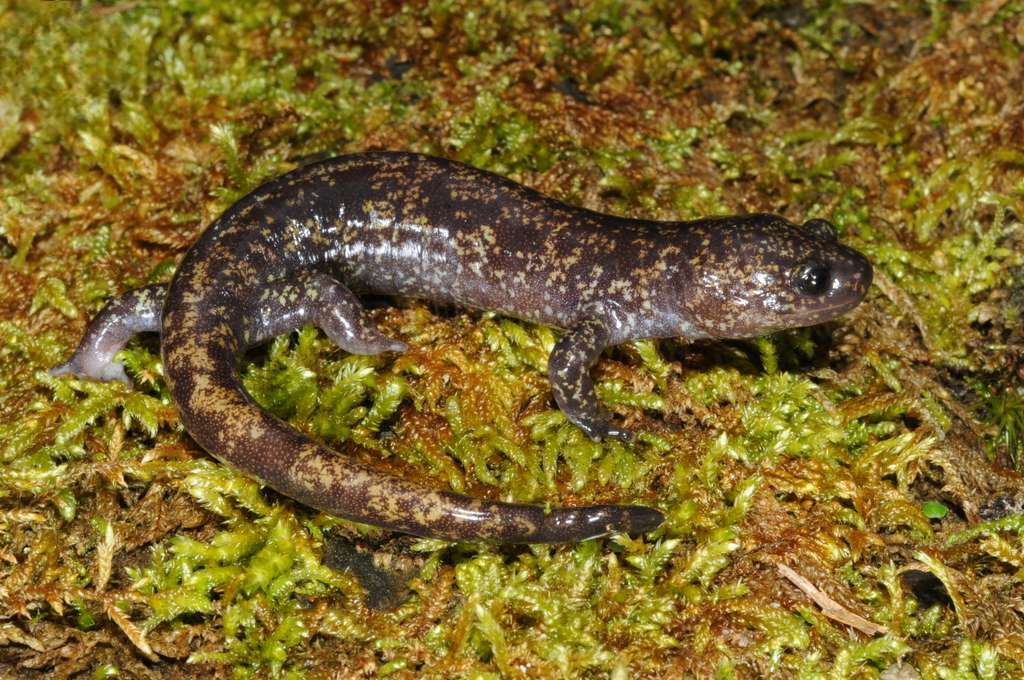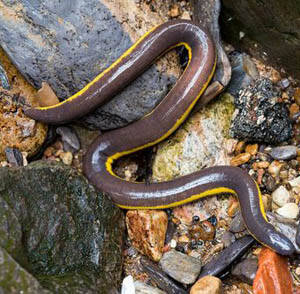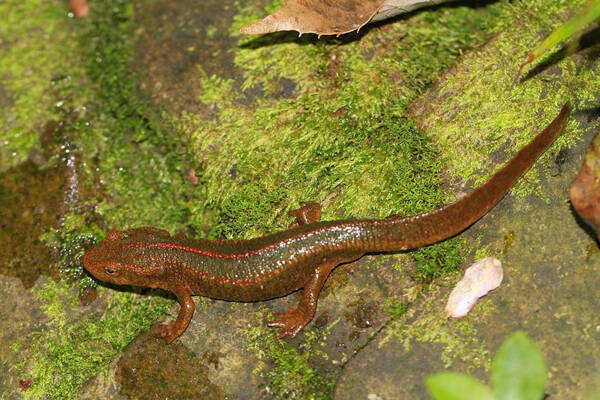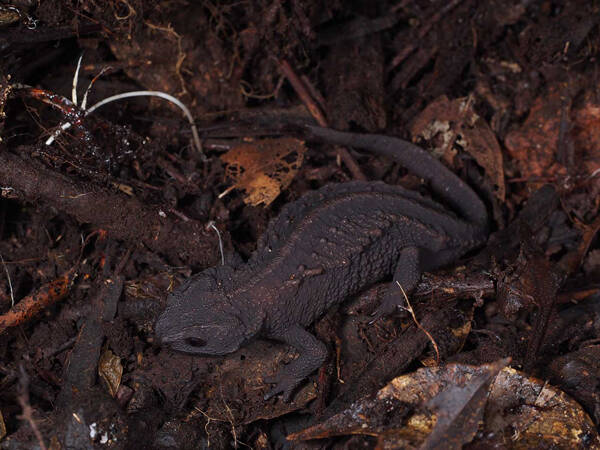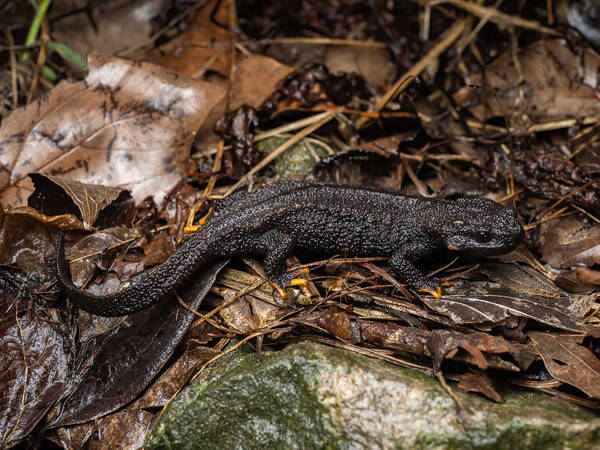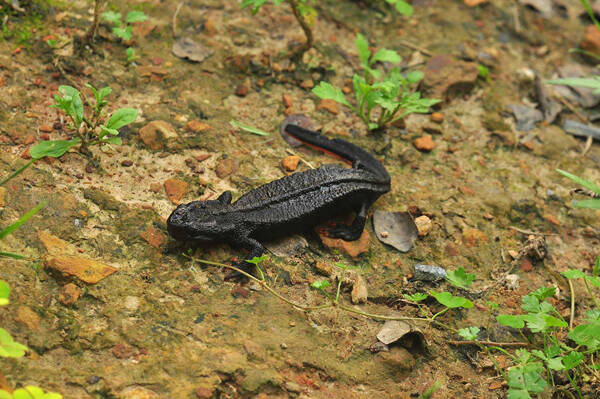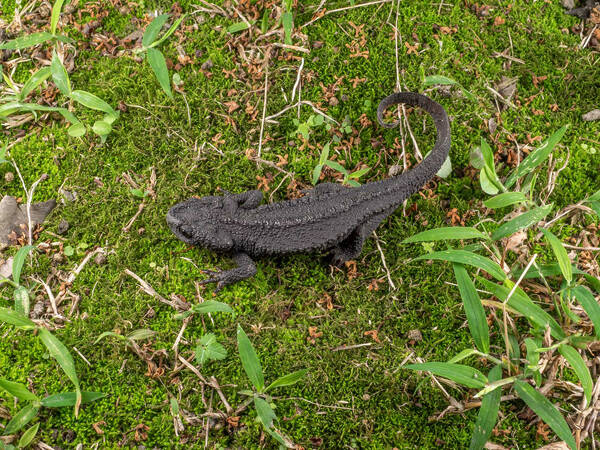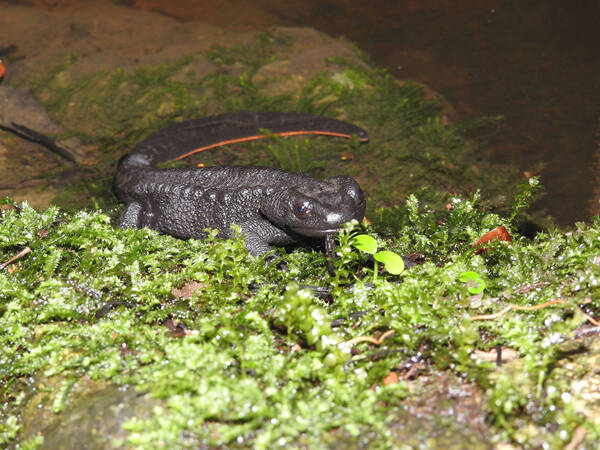Batrachuperus pinchonii
IUCN
LCBasic Information
Scientific classification
- name:Batrachuperus pinchonii
- Scientific Name:Batrachuperus pinchonii,Qianghuo fish, fir fish, white dragon
- Outline:Urodela
- Family:Caudata Hynomatidae S.Salamander
Vital signs
- length:About 125 mm
- Weight:
- lifetime:
Feature
The body color varies greatly, the back is generally dark brown or brownish yellow, but there are also black gray, olive green or brown red;
Distribution and Habitat
This species is endemic to China and is found in Sichuan and Yunnan.
This salamander lives in mountain streams at an altitude of 1500-3950m.
Appearance
The head is slightly flat, longer than it is wide, with a rounded snout and well-developed lip folds. Adults have no gill openings or gill remnants on the sides of their necks. The back of the body is bluish-brown, olive green, or brownish-yellow with dark-brown stripes or spots. The ventral side is grayish-yellow with few pockmarks.
Details
The stream salamander is an amphibian of the genus Hynomaria, family Hynomaria. It lives in mountain streams at an altitude of 1500 to 3950 meters, where the water flow is relatively fast; the banks of the stream are mostly fir trees and shrubs, with many dead branches and fallen leaves, and there are many stones in the stream, which are often blocked by rain erosion and fallen trees. Adult salamanders often live under gravel or rotten wood. After being turned out, they often bend and do not move. Their body color is similar to that of the stream bottom, making them difficult to find. When they are caught, they are very slippery due to a large amount of mucus on their body surface, making them difficult to catch. After escaping, they quickly dive into muddy water or other stones to hide. Sometimes, some adults are found in the moist soil under the roots of trees by the stream, under the stones at the source of the stream, under the stones of the spring ditch, or under the stones on the shore where the stream merges into the river. The adult and juvenile salamanders were once raised in the same porcelain basin, and it was found that the adult salamanders chased and devoured the juvenile salamanders. The salamanders preyed on water lice and larvae of Trichoptera and Pleuroptera in the stream, and also preyed on shrimps.
From April to July, in the living environment of adult salamanders, when the water temperature is about 8℃, slightly curved egg bags can be collected, which are "C" shaped or banana shaped. The base of the paired egg bags is connected at one end to form a handle and stick under a stone or on a dead branch, and the other end is free in the water and sways with the water; the hatched larvae escape from the free end, and the larvae generally move in a dispersed manner, mostly in the slow-flowing places beside the stream. On April 16, egg bags were obtained in Baoxing County, and the eggs had developed to the blastocyst stage. The number of eggs laid by females: 15-52 (35.3±14.60, n=5), of which the average number in Muli was 52.39, in Puxiong was 15, and in Emei was 20-41. On April 28, 2002, Xie Feng and others found three pairs of egg bags in a mountain stream at an altitude of 2550 meters in Wanwu Mountain, Hongya, Sichuan.
It is a habit for people in Baoxing and Daliangshan areas of Sichuan, China to catch this salamander. In some areas, the catch is too large, and the resources are severely damaged. Many areas are already endangered or endangered. It is recommended that relevant departments take measures to protect it.
Listed in the second level of the "List of National Key Protected Wildlife in China".
